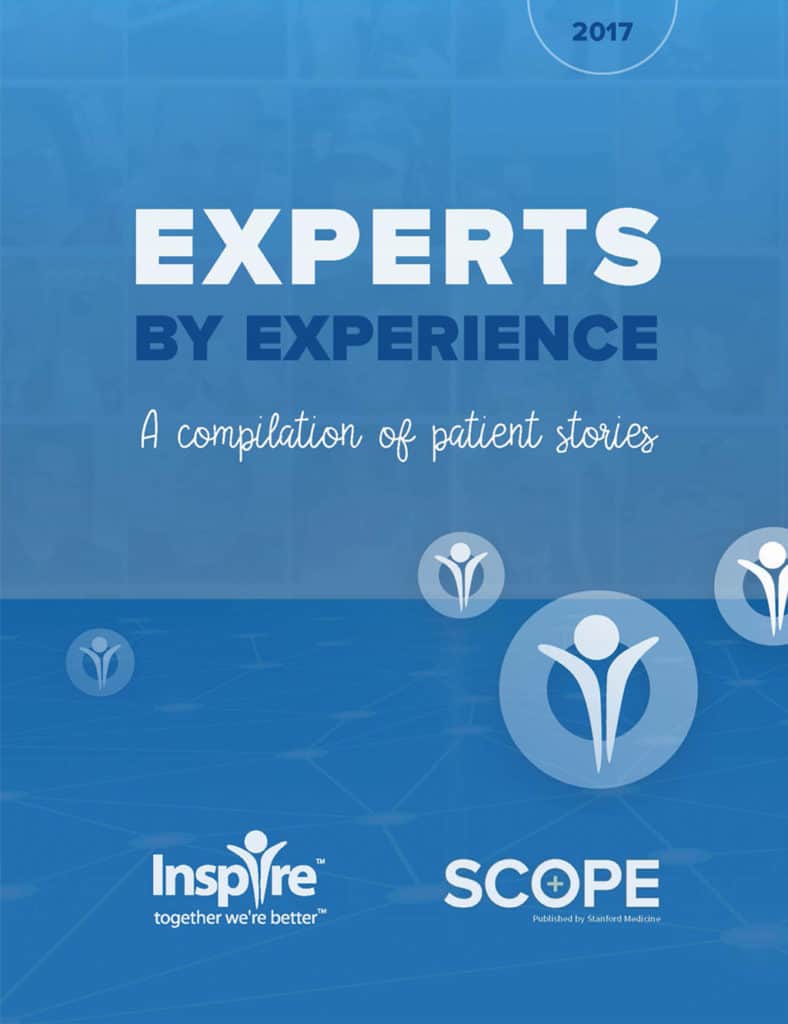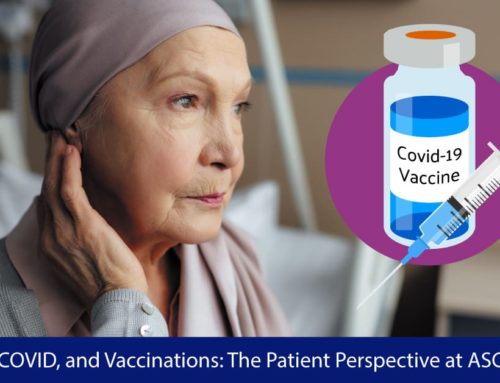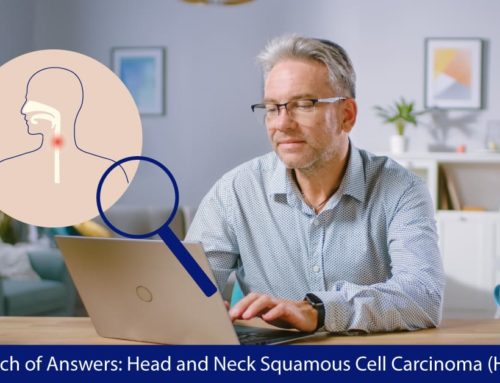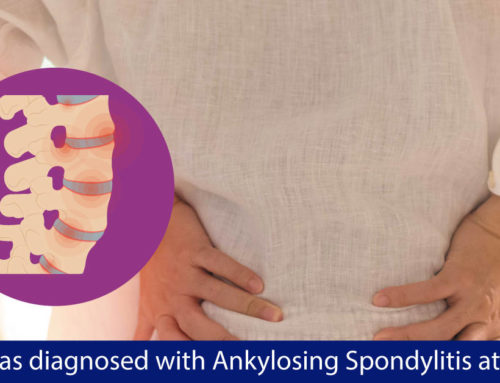Video Vignettes: Through Their Own Eyes: Idiopathic pulmonary fibrosis
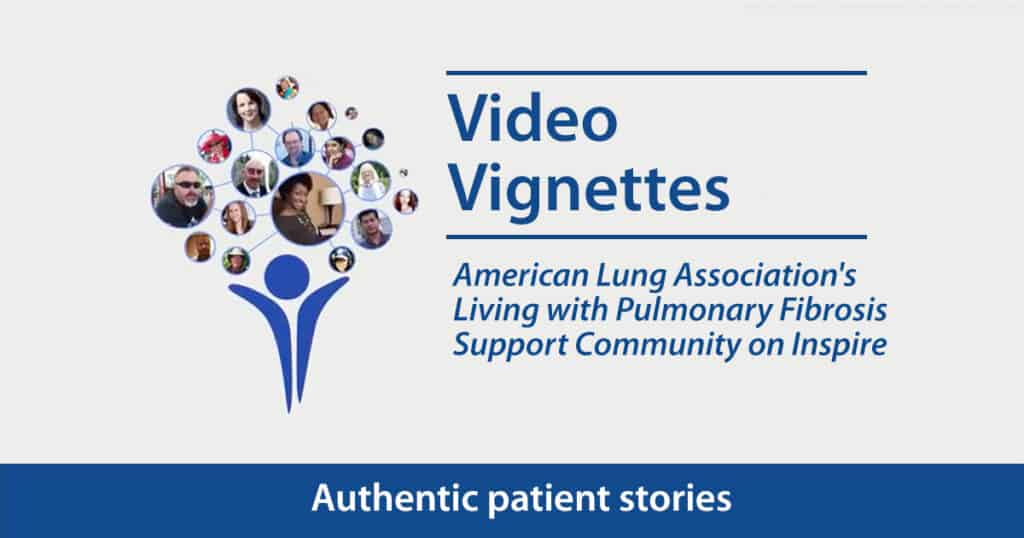
In patients who have pulmonary fibrosis, the moist, elastic lung tissue starts to thicken and scar making it increasingly difficult for blood to get oxygenated. As scarring builds up over time in this progressive disease, the amount of oxygen getting to the brain and other organs of the body significantly diminishes.
Idiopathic pulmonary fibrosis is part of a larger group of illnesses called interstitial lung disease (ILD). Idiopathic pulmonary fibrosis (IPF) is a rare subset of this chronic disease. Its cause is unknown, though it can run in families (called familial pulmonary fibrosis). 1 IPF can be asymptomatic or “subclinical” for a decades before symptoms occur.2 Patients typically begin to experience shortness of breath and a dry, hacking cough. Secondary to IPF, people can develop pulmonary embolisms, pulmonary hypertension, pneumonia, and even lung cancer. An estimated 100,000 people live with IPF in the US. 1
Online Community at Inspire
The American Lung Association’s Living with Pulmonary Fibrosis Support Community on Inspire supports several types of pulmonary fibrosis, including the types associated with Sarcoidosis and Scleroderma. Here is a video by a member of the Inspire community with IPF sharing her story.
Members of the American Lung Association’s Living with Pulmonary Fibrosis Support Community on Inspire want to help others that are newly diagnosed. One member explains,
“It is important to go to a PF/ILD specialist or Center of Excellence(COE), if at all possible, to obtain an accurate diagnosis. It is often hard to distinguish one type of PF from another, but it is very important to do so as the treatment and prognosis can be very different depending on what’s causing or did cause the PF. “
Being diagnosed with IPF can be frightening. Although there are treatments available that slow down the progression, the only cure for IPF is a double lung transplant. Over half of all lung transplants conducted in the US are for people with IPF. 3
To Google or Not to Google?
Many sources of information on IPF state an average life expectancy of only 3 to 5 years after diagnosis. However, there is a great deal of variability in the progression of the disease. Members of the support community on Inspire share hope:
“Keep in mind that no one has an expiration date stamped on their forehead! We ALL progress at different rates and some of us live for decades…some are not as fortunate…we all wait for a cure…thousands have had successful Lung Transplants when they have been at death’s door!”
Another member states,
“My diagnosis was totally unexpected as it wasn’t even feeling sick, just tired and out of breath when I did any cardio type exercise.. Went for a sleep study and ended up with a IPF diagnosis.. I too had been googling it and it scared the living daylights out of me… May I suggest that you stay away from the Internet at the moment, as there have been lots of medical advances, such as anti-fibrotic drugs etc… use this [community] and your doctors, there are lots of helpful people in this community at varying stages with many a story to tell.”
To help newly diagnosed patients deal with the 3- to 5-year prognosis they may have read about, members recommend a piece called “The Internet Said I Have 3 Years to Live” by Dr. David Lederer, a pulmonary specialist at New York Presbyterian Hospital/Columbia University Medical Center who blogs about pulmonary fibrosis and interstitial lung disease.4 In it, he writes,
“There is a lot of variation in how long people live with IPF – in fact, in some studies 1 out of 5 people live more than 10 years!… the studies that found the average survival was 3 years were done more than 10 to 15 years ago. Nowadays, the survival seems to be better – at least ‘on average.’
And none of these numbers account for people who get a lung transplant – that’s a game changer. Lung transplantation is really to only treatment for IPF that seems to prolong life – again, at least ‘on average.’” 6
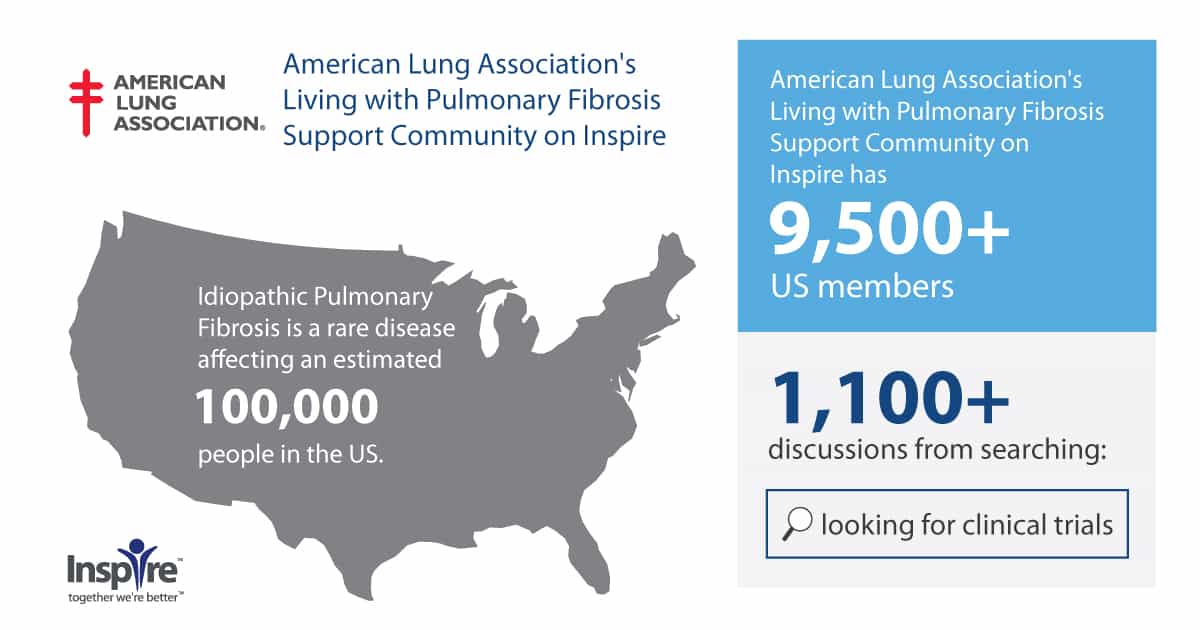
The American Lung Association’s Living with Pulmonary Fibrosis Support Community on Inspire has over 9,500 members who live in the US. This active community is eager for research on new treatment options for their condition. There are over 1,100 discussions in which people talk about “looking for clinical trials.”
Inspire has a second community for people who are caring for others with pulmonary fibrosis called, the American Lung Association’s Caring for Pulmonary Fibrosis Support Community on Inspire. There are over 4,000 members in the US sharing their experiences as caregivers.
The Internet, social media, and online support communities are helping people with rare diseases find each other and also find researchers. Inspire has created 40 rare disease communities with non-profit partners with over 250,000 members. For more information or if you are interested in connecting with our rare communities, please contact us.
Inspire offers a trusted community to patients and caregivers. Our goal with this blog, this website and our content is to provide the life science industry access to the true, authentic patient voice. In so doing, we support faithful operationalization of patient-centricity. Take a look at our case studies, eBooks and news outlet coverage.
Reference:
1https://ghr.nlm.nih.gov/condition/idiopathic-pulmonary-fibrosis#statistics
2http://www.atsjournals.org/doi/full/10.1164/rccm.201006-0894CI
3http://pulmonaryfibrosis.org/life-with-pf/pulmonary-fibrosis-treatment-options
4http://www.pfdoc.org/2013/10/the-internet-said-i-have-3-years-to-live.html

